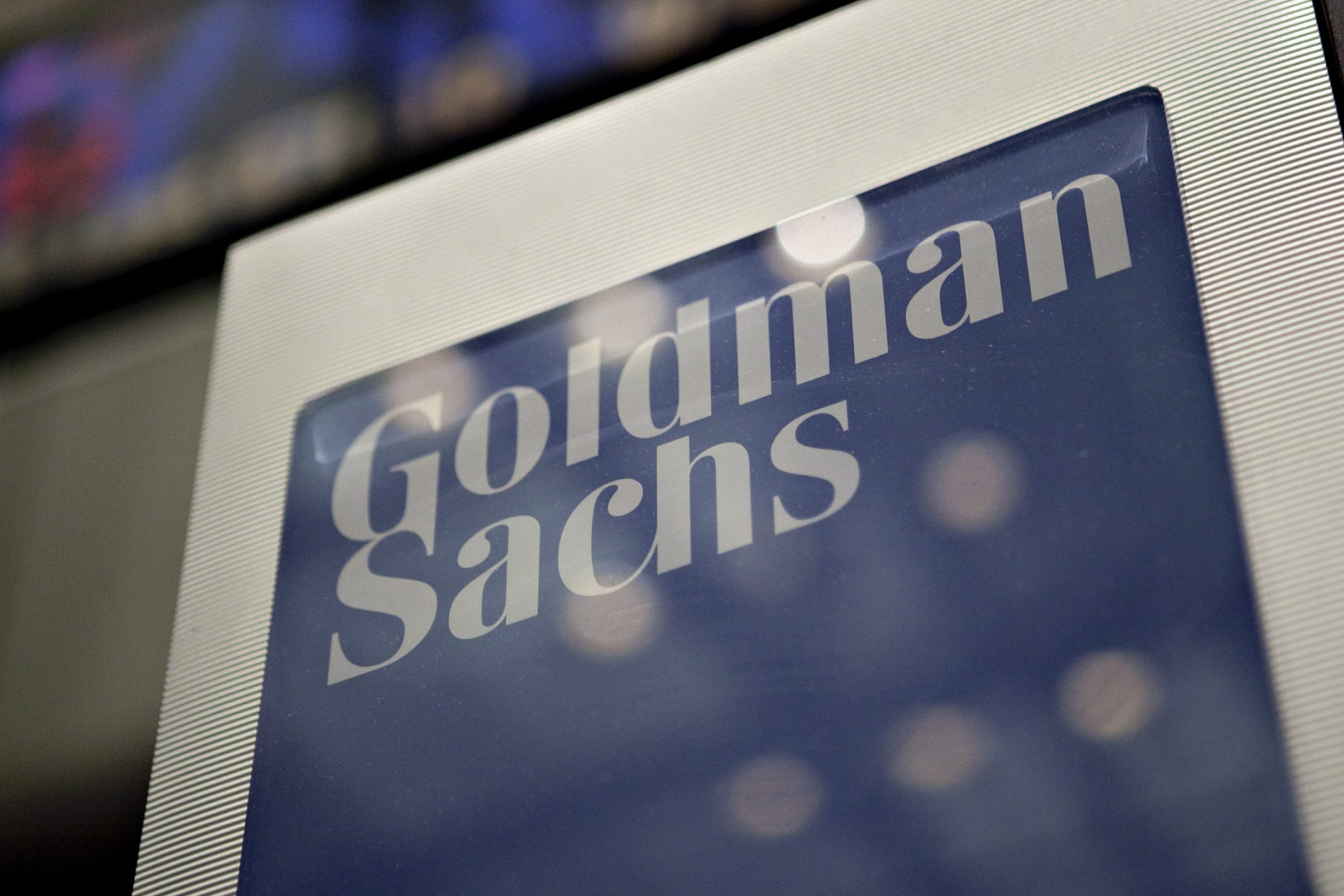Here is Why the Fed May Cut Rates Earlier Than Expected, According to Goldman Sachs
08.07.2025 15:00 2 min. read Kosta Gushterov
Goldman Sachs now expects the Federal Reserve to begin cutting interest rates sooner than previously anticipated, forecasting the first reduction as early as September 2025.
This marks a shift from the firm’s earlier projection of a December timeline, driven by signs of easing inflation and the milder-than-expected impact of tariff policies.
The revised outlook suggests that the central bank’s terminal interest rate could settle between 3.00% and 3.25%, down from the earlier estimate of 3.50% to 3.75%. According to Goldman Sachs, a range of disinflationary forces—including softer wage growth, weaker consumer demand in travel, and declining inflation expectations—support this adjustment. Tariffs on Chinese goods, once feared to stoke consumer prices, have had a muted effect, further reinforcing the case for earlier monetary easing.
Disinflation Trends and Labor Market Cooling
Chief U.S. Economist David Mericle noted that the probability of a rate cut in September is now “a little over 50%.” He and his team project five cuts of 25 basis points spread across September, October, and December of this year, followed by additional reductions in March and June 2026. However, a July cut is considered unlikely.
The report also flagged subtle signs of weakening in the labor market. While employment figures remain relatively strong, indicators suggest that it has become harder for job seekers to secure positions. Seasonal factors and recent shifts in immigration policy may also pose short-term downside risks for employment trends.
Policy Flexibility and Future Outlook
Goldman Sachs emphasized that its downward revision of the terminal rate isn’t rooted in a re-evaluation of the long-term neutral interest rate, but rather reflects current market conditions and policymakers’ interpretations. Mericle acknowledged the uncertainty surrounding the true neutral rate, suggesting that the Fed may keep its rate path flexible as economic data evolve.
This updated forecast positions Goldman Sachs at the forefront of market expectations, suggesting that monetary easing could begin well before year-end—potentially reshaping both equity and fixed-income market strategies in the months ahead.
-
1
Binance Founder Says Bloomberg’s USD1 Report is False, Threatens Lawsuit
13.07.2025 8:30 2 min. read -
2
Crypto Sector H1 2025 Roundup: Binance Report Shows Institutional Surge and Tech Growth
19.07.2025 11:00 2 min. read -
3
Binance CEO Issues Urgent Crypto Security Reminder
09.07.2025 17:30 2 min. read -
4
Top 7 Crypto Project Updates This Week
19.07.2025 18:15 3 min. read -
5
EU Risks Falling Behind in Digital Finance, Warns Former ECB Board Member
06.07.2025 13:00 2 min. read
Bank of Korea Launches New Division to Oversee Crypto and Stablecoin Developments
The Bank of Korea (BOK) has taken a significant step toward deepening its involvement in the digital asset ecosystem by establishing a dedicated virtual asset division, according to a report from local media outlet News1.
JPMorgan: Coinbase Could Gain $60B From USDC-Circle Ecosystem
A new report from JPMorgan is shedding light on the staggering upside potential of Coinbase’s partnership with Circle and its deep exposure to the USDC stablecoin.
5 Major US Events and How They Can Shape Crypto Market in The Next Days
The week ahead is shaping up to be one of the most pivotal for global markets in months. With five major U.S. economic events scheduled between July 30 and August 1, volatility is almost guaranteed—and the crypto market is bracing for impact.
eToro Launches 24/5 Stock Trading, Unlocking Round-the-clock Access to Top US Shares
Global fintech platform eToro has officially rolled out 24/5 trading on its 100 most popular U.S. stocks, giving users the ability to buy and sell equities at any time from Monday to Friday.
-
1
Binance Founder Says Bloomberg’s USD1 Report is False, Threatens Lawsuit
13.07.2025 8:30 2 min. read -
2
Crypto Sector H1 2025 Roundup: Binance Report Shows Institutional Surge and Tech Growth
19.07.2025 11:00 2 min. read -
3
Binance CEO Issues Urgent Crypto Security Reminder
09.07.2025 17:30 2 min. read -
4
Top 7 Crypto Project Updates This Week
19.07.2025 18:15 3 min. read -
5
EU Risks Falling Behind in Digital Finance, Warns Former ECB Board Member
06.07.2025 13:00 2 min. read


